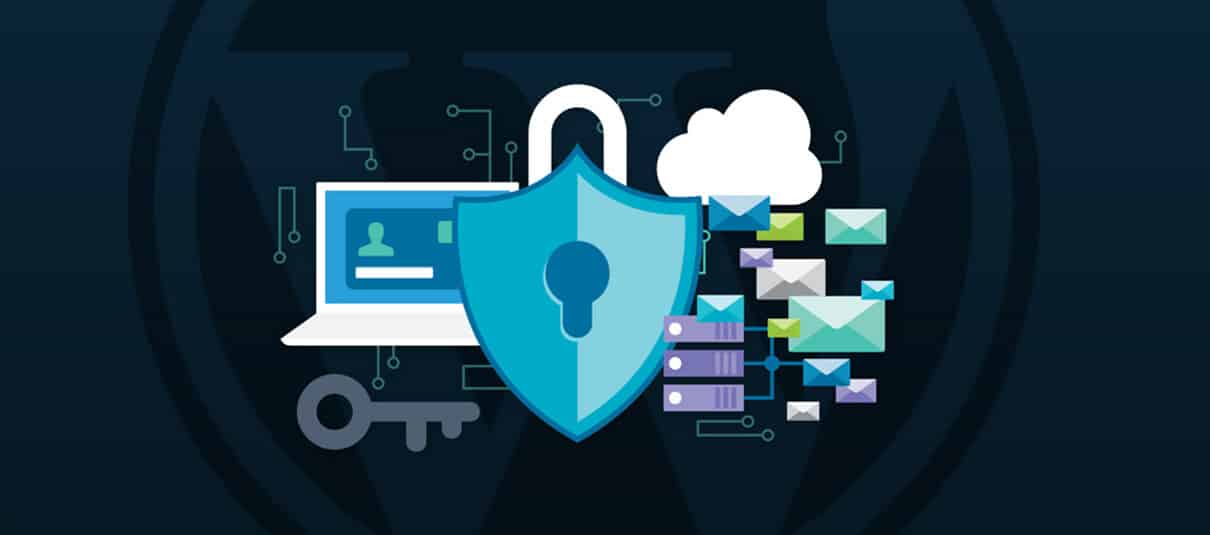WordPress is a popular content management system (CMS) used by millions of websites worldwide. While WordPress is a powerful platform that provides a lot of flexibility and functionality, it is also a popular target for hackers who are always looking for vulnerabilities to exploit. In this blog post, we will discuss some practical tips and best practices that you can follow to ensure that your WordPress website is secure and not vulnerable to hacking.
Keep WordPress and Plugins Updated:
Keeping your WordPress and its plugins updated is essential for maintaining the security of your website. WordPress updates often include security patches that address known vulnerabilities and bugs. Similarly, plugins that are not updated regularly can be a security risk, as outdated plugins can create security vulnerabilities on your website that hackers can exploit.
Use Strong Passwords:
Using strong passwords is one of the most basic yet effective ways to secure your WordPress website. A strong password should be at least 12 characters long and contain a mix of uppercase and lowercase letters, numbers, and symbols. Avoid using common words, phrases, or personal information that can be easily guessed or cracked. The use of password managers like LastPass or 1Password can make it easier to create and manage strong passwords across different platforms.
Limit Login Attempts:
Limiting login attempts is an effective way to prevent brute force attacks, where hackers try to guess your login credentials by making multiple login attempts. By limiting login attempts, you can prevent hackers from repeatedly guessing your username and password. You can use plugins like Login Lockdown, Limit Login Attempts Reloaded, or WP Limit Login Attempts to limit the number of login attempts a user can make.
Use Two-Factor Authentication:
Two-factor authentication (2FA) adds an additional layer of security to your WordPress website by requiring users to provide two forms of identification before accessing their accounts. This can include something you know (such as a password) and something you have (such as a smartphone or hardware token). Using 2FA can prevent unauthorized access to your website even if your password is compromised. You can use plugins like Google Authenticator or Duo Two-Factor Authentication to enable 2FA on your WordPress website.
Use Secure Hosting:
Choosing a secure hosting provider is crucial for maintaining the security of your WordPress website. A good hosting provider should provide regular backups, server-level security, and advanced security features like SSL certificates, firewalls, and intrusion detection systems. Additionally, make sure that your hosting provider’s software and hardware are regularly updated to maintain the highest level of security.
Use SSL Encryption:
SSL encryption is a protocol that encrypts data sent between the web server and the client’s browser. It’s essential for securing sensitive information such as login credentials, credit card information, and other personal data. SSL encryption ensures that all communication between your website and users’ browsers is encrypted and secure. You can install an SSL certificate on your website to enable SSL encryption.
Disable Directory Browsing:
By default, WordPress allows directory browsing, which means that anyone can see the contents of your website’s directories by typing in the directory path in their browser. This can reveal sensitive information and make it easier for hackers to find vulnerabilities. To disable directory browsing, add the following line to your website’s .htaccess file:
Options -Indexes
Use Security Plugins:
Using security plugins is an effective way to secure your WordPress website. Security plugins like Wordfence, Sucuri Security, or iThemes Security offer features like malware scanning, firewall protection, brute force protection, and login security. These plugins can detect and prevent attacks before they compromise your website.
Regularly Backup Your Website:
Backing up your website regularly is essential in case of a security breach or other unexpected event. A good backup solution should be automated, reliable, and stored in a secure off-site location. You can use plugins like UpdraftPlus or BackupBuddy to backup your website automatically and store backups in a secure off-site location. By regularly backing up your website, you can quickly restore your website to a previous state in case of a security breach or other unexpected
Conclusion
In conclusion, protecting your WordPress website from hackers is essential to ensure its security and integrity. As your website grows, it becomes increasingly important to take steps to prevent unauthorized access and cyber threats. Keeping your WordPress software and plugins updated, choosing a secure hosting provider, using SSL encryption, and enabling two-factor authentication are just a few ways you can protect your website from cyber attacks. In addition, you should always use strong passwords, avoid using default login credentials, and take advantage of available security plugins to further enhance your website’s security. By following these guidelines, you can keep your website safe and secure for both you and your visitors.


